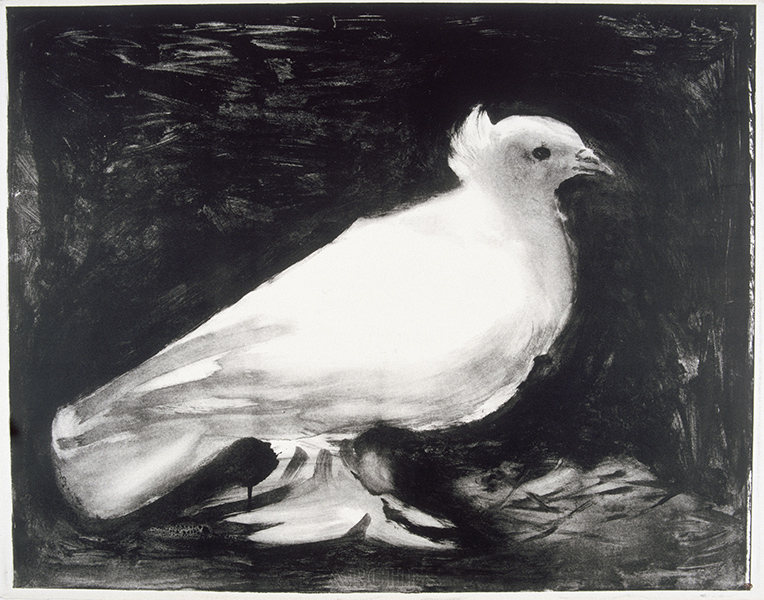On Exile and Morriña
by Bernadette Caille
Summary
- >> The discovery of the meaning of exile
- >> Anarchist or rebel?
- >> Guernica, « Spain into an ocean of pain and death»
- >> The hard experience of exile
- >> "Painting is an offensive and defensive instrument of war against the enemy,”
- >> Picasso is still more committed to Francoism and admits to "always struggling for my painting as a true revolutionary".
- >> Act, paint symbols and promote dissemination
- >> Picasso’s morriña

Picasso spanned the 20th century, knew its currents of thought and its main actors, and witnessed the major or tragic events that punctuated it. Eloquent in his paintings, the artist was also marked by his country's history. His practice was transformed through his questioning of art and its relationship to reality. After all, what first drew him to France was curiosity; having moved there for pleasure, he finally stayed out of obligation. Franco's ascent to power cast him out of his native Spain forever: his exile and his political commitment exerted both evident and subtle influences on his life and work.
